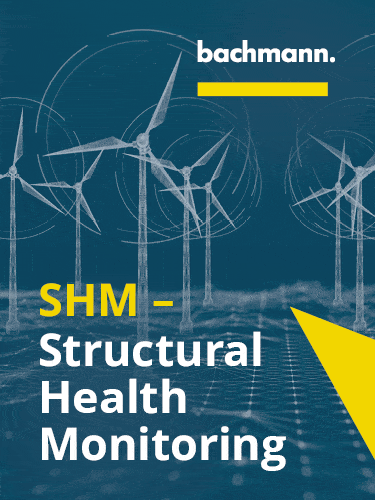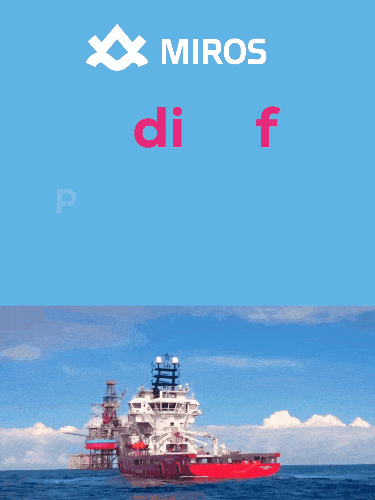News
LACK OF ACTION ON FIRE RISK IS COSTING WIND INDUSTRY – FIRETRACE

Fire safety standards in wind industry would reduce fire events, wind farm losses and insurance premiums
New report reveals 800% increase in cost of a fire event in last 10 years with losses up to $8 million
Scottsdale, 28 APRIL– Leading fire suppression system manufacturer, Firetrace International, advises in a new report that the wind industry is losing money by not acting to mitigate the risk of fire events. This lack of action is increasing downtime, resulting in ever-costlier losses, and preventing insurers from accurately assessing the risk of fire, which could result in a reduction in premiums across the industry.
In “Reducing Fire Risk: How to make wind farms even safer”, Firetrace explores the lack of comprehensive data related to wind farm fire events and the serious problem this poses to the industry. It also looks at the changing financial risk, with the average cost of a wind turbine fire rocketing from approximately $1 million 10 years ago to $7-8 million today.
Chris Streatfeild, an independent health & safety consultant at Renewable Safety and former Director of H&S at RenewableUK, said, “When a turbine catches fire, the downtime can be significant and there are substantial direct and indirect costs associated with replacing critical parts such as gearboxes and nacelles. A lot of people don’t have a full understanding of the real-world costs.”
“When we had smaller turbines, you could sometimes absorb the costs, but with the move to mega-turbines, any downtime can have considerable operational impacts.”
If there was more data available, the report argues, the insurance industry could more adequately assess the risk of a fire event and likely save wind farm owners and operators considerable amounts in insurance premiums.
According to Alan Tucker, managing director of Renewable Energy Loss Adjusters, “Adjusters or brokers need to run these types of databases – they need to show the results of not tackling the issue. The offshore industry has a particular problem in this context because offshore fires are more costly.”
The report looks at the call for fire suppression standards from the insurance industry and how insurers could play a key role by incentivizing fire suppression.
Alan Tucker continued, “The industry needs to develop a standard that says fire suppression is expected. If that happens, there will be fewer fire events, as a consequence of this, uptime is better, and there is less cost for the owners and the off-takers.” Without these standards, the report claims, insurance costs could go up.
The issue of fire safety has been tackled in an unreported, unregulated way for quite some time. But the industry has tried to share data and build existing trust and industry cooperation. This will need to continue to happen so that the industry can put itself on a sounder financial footing and continue to prosper further in the years to come.
The wind industry must unite on issues of fire safety and the report looks at the key steps the industry needs to take. Sharing data would encourage regulatory action – such as certification and standards and would create an opportunity for a robust fire reporting system. Streatfeild said, “We only have 50 companies that cover the entire global giga-wattage [of wind power] – data will show that the risk profile is low.”
Further information is available in the full report, click here for report
About Firetrace
Firetrace is a global organization capable of supporting large-scale customers across industries including manufacturing, aviation, and renewable energy with suppression systems custom built for each client’s unique application.
Firetrace is owned and operated by Halma plc, a global group of life-saving companies. Halma companies provide innovative solutions to many of the key problems facing the world today, from water security to preventable blindness.
















.gif)


